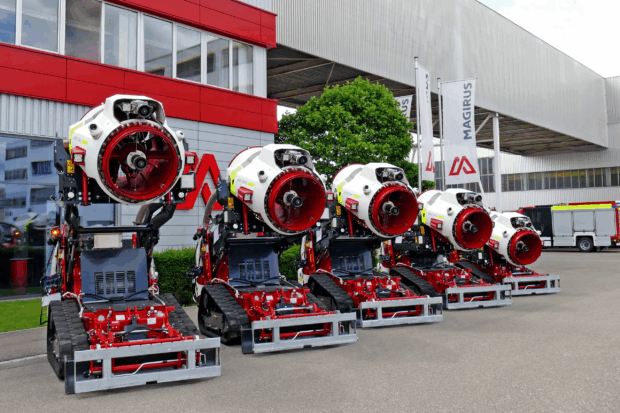Wearable Tech: The Future of Employee Health Monitoring. In the evolving landscape of workplace health and safety, wearable technology is emerging as a game-changer. Devices like smartwatches and health trackers are no longer just consumer gadgets; they are becoming integral tools for monitoring employees’ health and safety. This shift promises to revolutionize how companies ensure the well-being of their workforce, offering real-time data and insights that can prevent accidents and improve overall health outcomes.
The Rise of Wearable Technology
Wearable technology has seen a significant uptick in adoption across various industries. From construction sites to corporate offices, these devices provide a continuous stream of data on vital signs such as heart rate, blood pressure, and oxygen levels. This data is invaluable for detecting early signs of fatigue, stress, or other health issues that could lead to serious incidents if left unaddressed.
One of the primary benefits of wearable tech in the workplace is its ability to provide immediate feedback. For instance, a smartwatch can alert a worker if their heart rate exceeds a safe threshold, prompting them to take a break or seek medical attention. This proactive approach can prevent accidents caused by overexertion or stress, which are common in high-demand jobs.
Enhancing Safety in Hazardous Conditions
In industries where hazardous conditions are a daily reality, wearable technology offers an additional layer of safety. Devices equipped with environmental sensors can detect dangerous levels of gases, extreme temperatures, or excessive noise. Workers can receive real-time alerts, allowing them to evacuate or take protective measures before conditions become life-threatening.
Moreover, the integration of GPS functionality in wearables ensures that employees’ locations are always known, which is crucial during emergencies. In case of an accident, rescue teams can be dispatched more quickly and efficiently, potentially saving lives.
Monitoring Fatigue and Improving Productivity
Fatigue is a significant concern in many industries, particularly those requiring long hours or strenuous physical activity. Wearable technology can monitor indicators of fatigue, such as changes in heart rate variability and decreased physical activity levels. By analyzing this data, employers can identify patterns and implement measures to mitigate fatigue, such as adjusting shift schedules or providing more frequent breaks.
This technology also empowers employees to manage their own health better. With access to their health data, workers can make informed decisions about their work habits and lifestyle choices, leading to improved overall well-being and productivity.
Privacy and Data Security
Despite the numerous benefits, the implementation of wearable technology in the workplace raises important questions about privacy and data security. Employers must ensure that health data collected from wearables is handled with the utmost care, adhering to strict privacy regulations and maintaining transparency with employees about how their data will be used.
Clear policies and consent agreements are essential to address these concerns. Employers should focus on using aggregated data to identify trends and improve workplace conditions rather than monitoring individual employees’ health data without consent.
Future Prospects
The future of wearable technology in employee health monitoring looks promising. Advances in artificial intelligence and machine learning will further enhance the capabilities of these devices, allowing for more accurate predictions and personalized health recommendations. As technology continues to evolve, we can expect to see even more sophisticated wearables that integrate seamlessly into the workplace, providing unprecedented levels of insight and protection.
In conclusion, wearable technology is poised to transform employee health monitoring, offering real-time data and actionable insights that can prevent accidents, enhance safety, and improve overall health and productivity. As companies navigate the challenges of implementation, the focus must remain on balancing technological benefits with ethical considerations, ensuring that the future of work is both safe and humane.











